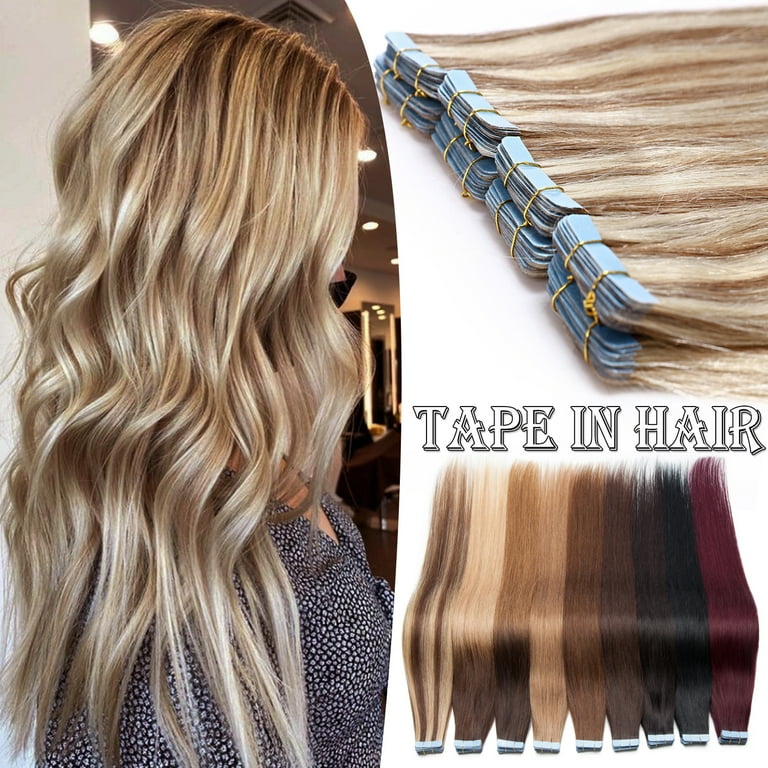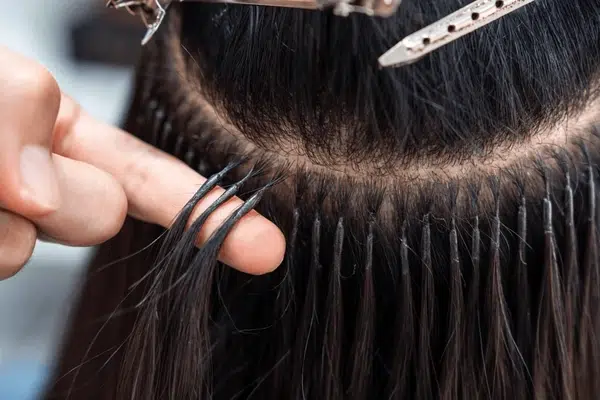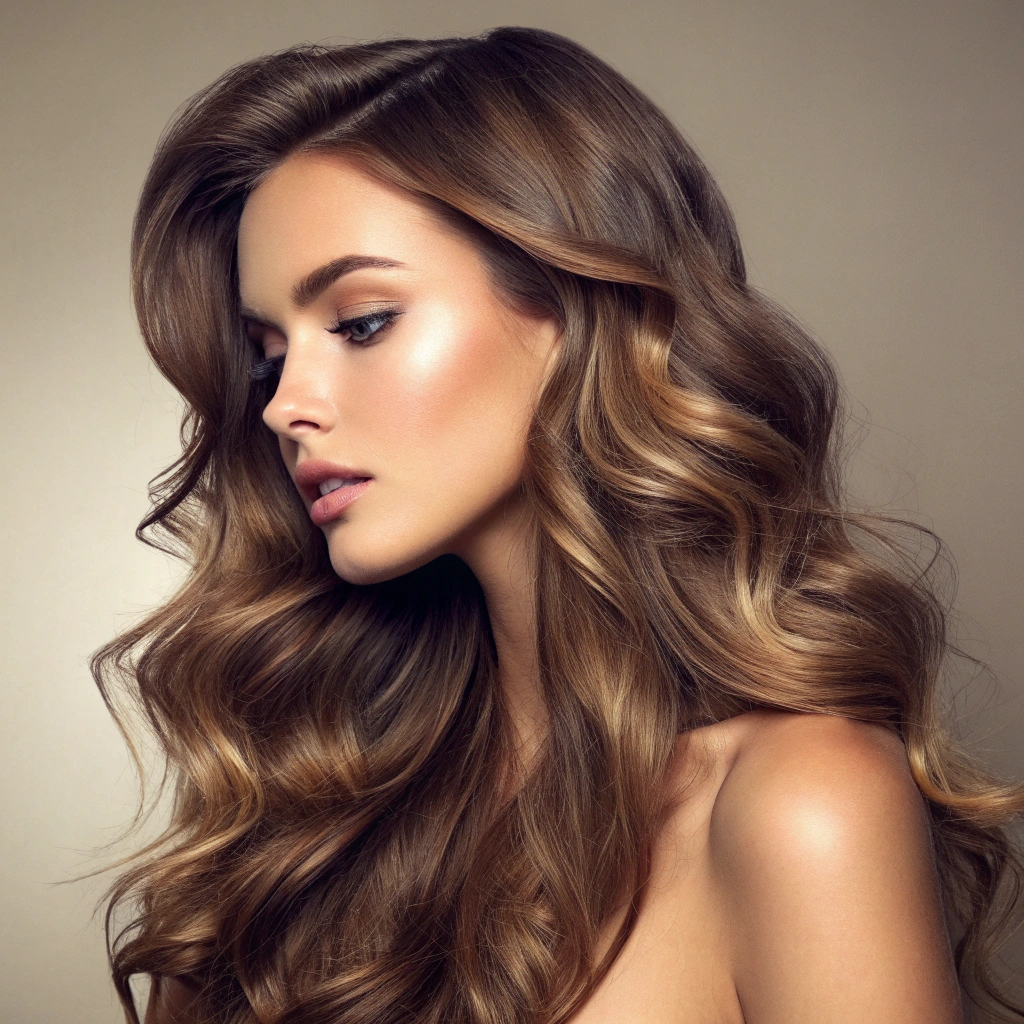Hair Extensions: The Glamorous Gamble of Beauty and Maintenance
Hair extensions can add volume and length, but they also come with cons like cost1, maintenance2, and the potential for damage to natural hair3. The pros include versatility for different styles and confidence boosts, while the cons involve time-consuming application and removal, potential for breakage or thinning if installed incorrectly, and ongoing cost1s for professional maintenance4e](https://dailywithbailey.com/2018/09/03/hair-extension-101-maintenance-and-upkeep/)[^2]. The best choice depends on individual lifestyle, budget, and the specific type of extension used, with temporary options like clip-ins5 being less damaging than permanent ones.
What are the Cons of Hair Extensions?
Dive Deeper
When I first encountered the allure of hair extensions6, it was at a transformative moment. I wanted to experiment with a new hairstyle but was not ready to commit to a dramatic haircut. Hair extensions seemed to be the perfect solution. However, as I soon learned, they come with their fair share of drawbacks.
One of the major cons of hair extensions6 is the cost1. Whether you choose clip-ins5 for their convenience or more permanent options like tape-ins7, extensions are an investment. According to a survey by the International Society of Hair Restoration Surgery (ISHRS), the cost1 can vary from $200 to $600 depending on the type and quality.
Maintenance is another hurdle. Extensions require just as much care as your natural hair, if not more. They demand regular visits to the salon for adjustments and may need special shampoos and conditioners to maintain their luster.
Perhaps the most concerning downside is the potential damage to your natural hair. Improper application and care can lead to breakage and thinning. The weight of the extensions itself can strain your natural hair, especially if they're too heavy for your hair texture8 and density.
Comparison Table: Hair Extension Costs and Maintenance
| Type of Extension | Cost Range | Typical Lifespan | Maintenance Frequency |
|---|---|---|---|
| Clip-ins | $100-$300 | Daily wear | Minimal |
| Tape-ins | $200-$600 | 6-8 weeks | Every 6-8 weeks |
| Sew-ins | $275-$500 | 6-10 weeks | Regular salon visits |
What is the Healthiest Hair Extension Method?
Dive Deeper
Finding the healthiest method for hair extensions6 is like searching for the Holy Grail in the beauty industry. When I began using extensions, it was essential for me to choose a method that wouldn't compromise my hair’s health.
My research led me to uncover that the healthier option depends greatly on individual hair type and lifestyle. Remy hair extensions9s](https://www.vixenandblush.com/blog/hair-extensions-pros-con/)[^6], such as those offered by Plucharm Hair, are known for aligning the hair cuticles in the same direction, which reduces tangling and preserves natural shine.
Among the methods, clip-ins5 are less invasive and ideal for anyone testing the extension waters without long-term commitment. This temporary method causes minimal stress to the scalp and natural hair.
Tape-ins, while semi-permanent, are usually recommended for their lightweight nature and low impact on natural hair. The process of application and removal when done by a professional minimizes damage, making it a relatively healthy option.
Is it Normal to Lose Hair After Extensions?
Dive Deeper
I remember the first time I took out my extensions and saw the fallout—it was alarming. Hair loss post-extensions can occur, primarily due to the weight and tension extensions place on the hair follicle.
It’s normal to shed around 50 to 100 hairs a day naturally, and with extensions, this natural shedding might get trapped. Once removed, it can seem as though more hair has been lost than usual. However, significant hair loss10 might indicate that the extensions were too heavy or not installed correctly.
Preventive Measures for Hair Loss:
- Choose lighter extensions that suit your natural hair type.
- Ensure proper installation by a professional.
- Schedule regular maintenance2 appointments to reposition extensions safely.
Can You Wear Your Hair Up with Tape-in Extensions?
Dive Deeper
I often style my hair in various updos11, so the idea of restrictive hairstyles was a deal-breaker. Fortunately, tape-in extensions offer a flexibility boon. They are so seamless that hairstyling possibilities remain plentiful, even when your hair is pulled up.
The discrete nature of tape-ins7 allows for easy styling without revealing the extension points, giving you the freedom to experiment with everything from high ponytails to elegant chignons. It's about strategically placing the tapes during installation, ensuring they remain camouflaged.
Pro Tips for Styling with Tape-Ins:
- Work with your stylist to position tape-ins7 with updos11 in mind.
- Always style your hair gently to avoid tugging on the tapes.
What Extensions Don't Ruin Your Hair?
Dive Deeper
Choosing extensions that don't harm your hair is vital. From personal experience and industry insights, clip-ins5 are often dubbed the safest since they do not alter the hair structure or scalp health.
Brand mentions such as Plucharm Hair emphasize their use of Virgin Hair12 in extensions, ensuring high quality and longevity when maintained properly. Other professional-grade options, like sew-ins13 or hand-tied wefts, offer a gentle approach when applied correctly.
Tape-in extensions are another viable choice as their flat design and lightweight nature make them gentle on hair with proper care.
Did you know? Extensions like sew-ins13 can act as protective styles14 when they cover natural hair completely, shielding it from environmental damage.
Conclusion
Hair extensions indeed offer a fantastic way to explore new styles and gain confidence, but they come with aspects demanding consideration. The cost1, maintenance2, and potential damage embody the cons, while the confidence and versatility they bestow are indisputable pros. The decision boils down to personal needs, lifestyle, and financial willingness to manage the care that extensions entail. Whether you opt for the convenience of clip-ins5 or the elegance of tape-ins7, what's crucial is making an informed choice that elevates your personal beauty journey.
This article aims to equip readers with the knowledge needed to make informed decisions about hair extensions6, blending my personal insights with industry expertise. Whether you're a seasoned stylist or a newbie to extensions, this guide should illuminate the path to choosing the right option for your needs.
-
Understanding the cost of hair extensions can help you budget effectively for your beauty needs. ↩ ↩ ↩ ↩ ↩
-
Learn about the essential maintenance for hair extensions to keep them looking their best. ↩ ↩ ↩
-
Discover the potential risks of hair extensions and how to mitigate damage to your natural hair. ↩
-
Learn why professional maintenance is crucial for the longevity and health of your extensions. ↩
-
Find out why clip-ins are a popular choice for temporary hair extensions and their benefits. ↩ ↩ ↩ ↩ ↩
-
Explore the transformative benefits of hair extensions and how they can enhance your beauty and confidence. ↩ ↩ ↩ ↩
-
Explore the advantages of tape-in extensions and how they can be a great option for many. ↩ ↩ ↩ ↩
-
Understand the importance of matching extensions to your hair texture for the best results. ↩
-
Understand the benefits of Remy hair extensions and why they are a top choice for quality. ↩
-
Get insights into hair loss concerns related to extensions and how to manage them. ↩
-
Discover how tape-in extensions can be styled in various updos without compromising your look. ↩ ↩
-
Learn about Virgin Hair and its significance in ensuring high-quality hair extensions. ↩
-
Learn about sew-in extensions and their application process for a seamless look. ↩ ↩
-
Explore how certain extensions can serve as protective styles for your natural hair. ↩




